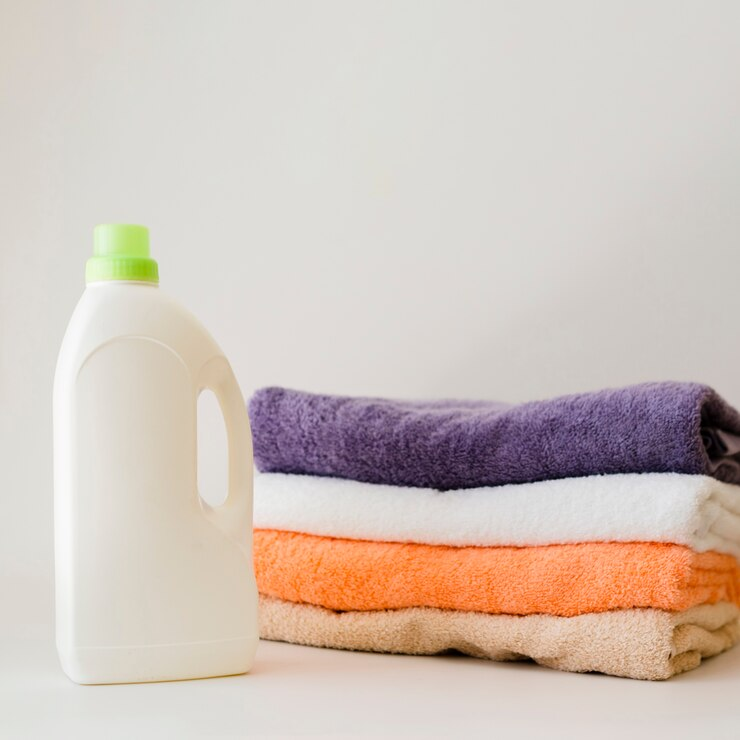Dihydrogenated Tallow Dimethyl Ammonium Chloride (DHTDMAC) is a type of quaternary ammonium compound that is widely used as a cationic surfactant in various industries. It is derived from hydrogenated tallow, which is a form of rendered animal fat. DHTDMAC is known for its excellent cleaning and antimicrobial properties, making it a common ingredient in cleaning agents, fabric softeners, and disinfectants.

DHTDMAC is primarily used as a surfactant due to its ability to reduce surface tension and enhance the wetting and spreading properties of liquids. In cleaning products, it helps to remove dirt, grease, and stains by dispersing them in the cleaning solution. In fabric softeners, DHTDMAC coats the fibers, reducing static electricity and making the fabric feel softer to the touch. Its antimicrobial properties also make it an effective ingredient in disinfectants and sanitizing agents.
However, the use of DHTDMAC has raised some concerns regarding its environmental impact. One of the main concerns is its biodegradability. DHTDMAC is known to persist in the environment and has been found in wastewater and aquatic ecosystems. Its long-term presence in the environment raises concerns about potential bioaccumulation in aquatic organisms and potential impacts on the ecosystem.
Additionally, the production of DHTDMAC involves the use of hydrogenated tallow, which is derived from animal fat. This raises ethical concerns regarding the use of animal-derived ingredients in consumer products. It also raises questions about the sustainability of using animal fats as a raw material source.
From a health perspective, DHTDMAC is generally considered safe when used as intended in household products. However, prolonged exposure to concentrated forms of DHTDMAC or mishandling of the substance can lead to skin and eye irritation. It is important to follow safety guidelines and use protective measures when handling concentrated forms of DHTDMAC.
Today, with the increasing awareness of environmental protection, more and more companies choose to use raw materials with better environmental performance. In response to this situation, DHTDMAC has received widespread attention as a green environmental protection material. Compared with other surfactants, DHTDMAC has the following advantages:
(1) It has little irritation and toxicity to the human body: DHTDMAC is an inorganic to moderately toxic substance, and will not cause too much stimulation and toxicity to the human body, so it is ecologically friendly to the human body;
(2) Good degradability: The chemical bonds contained in DHTDMAC are easily degraded by organisms or other environmental components, causing less pollution to the environment. Compared with other surfactants, its degradation speed is faster.
Dihydrogenated Tallow Dimethyl Ammonium Chloride (DHTDMAC) is a widely used cationic surfactant with applications in cleaning agents, fabric softeners, and disinfectants. While it offers excellent cleaning and antimicrobial properties, there are concerns regarding its environmental persistence and potential impact on aquatic ecosystems. It is important to continue researching and evaluating the environmental and health implications of DHTDMAC to ensure its responsible use and minimize any potential risks.